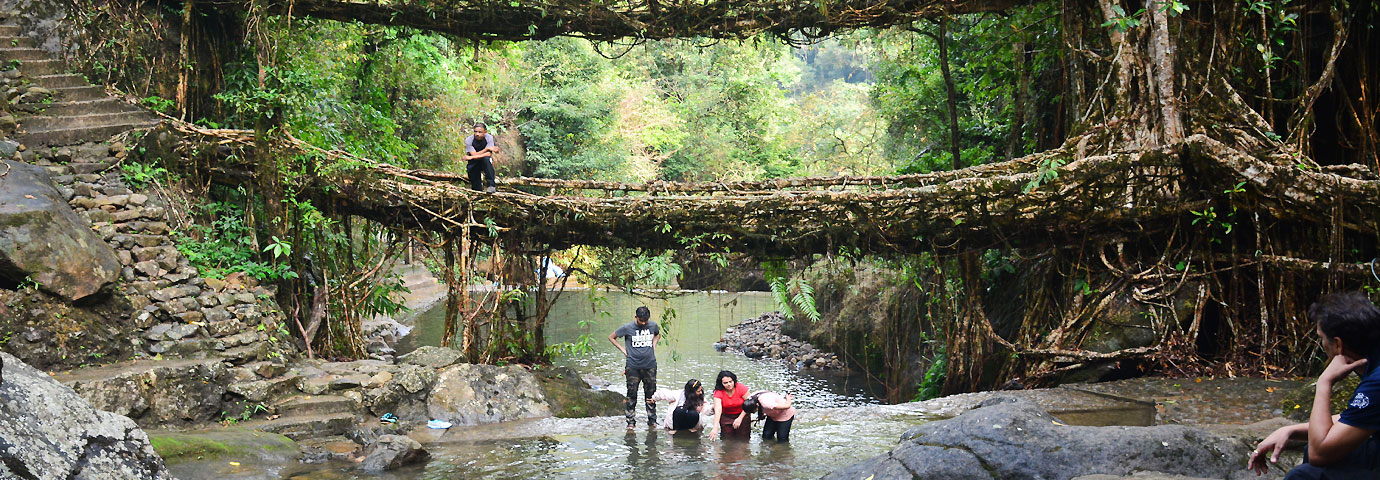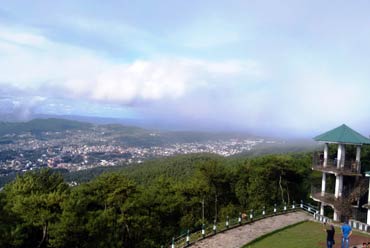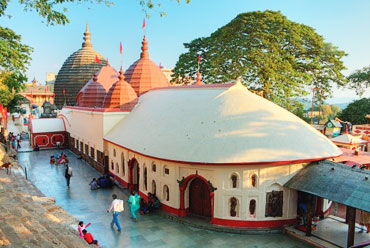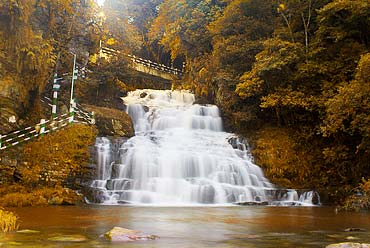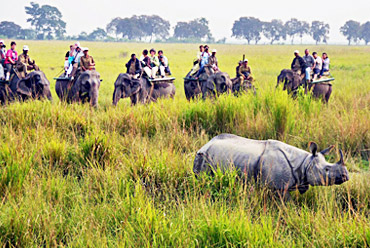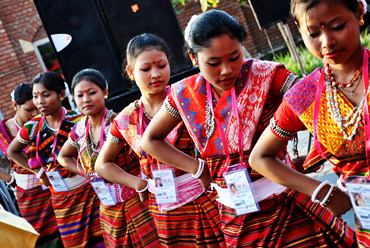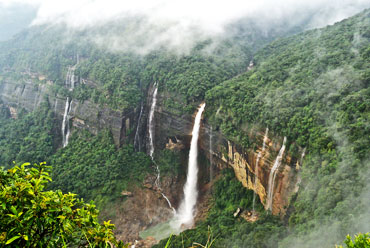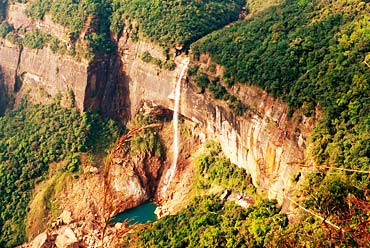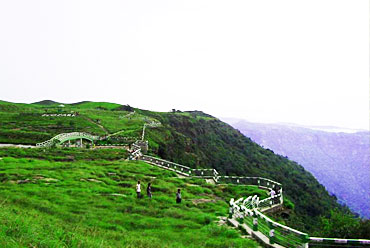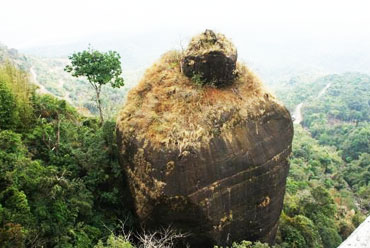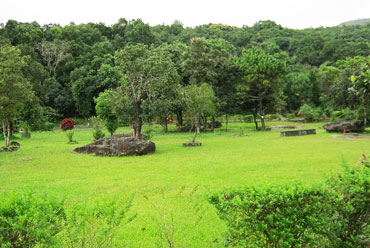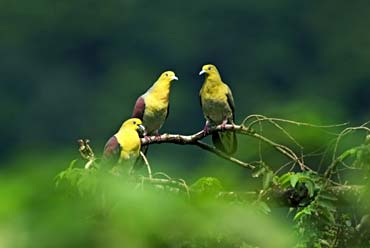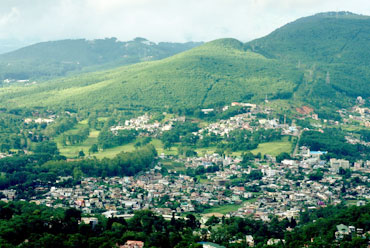Dotted with lush rainforests, dense valleys, pristine lakes, gushing waterfalls, and heritage sites, Meghalaya is the wettest region in the country. Meghalaya, the 'abode of clouds' is a Northeast Indian state that is a breathtaking hill town. It is a perfect place to get glimpses of the rich cultural heritage and traditions of Northeast India. There are numerous tourist destinations located in the proximity of Meghalaya including Shillong, Cherrapunji, and Mawalynnong. It is a paradise for nature lovers and adventure enthusiasts, which offers unique experiences to travelers from all over the world. Here is the comprehensive information about Meghalaya and other related details. Take a look at the Meghalaya travel guide and gather more details about this tourist destination.
Location
The state of Meghalaya is situated in the northeast region of India, extending from latitude 20°1' N and 26°5' N and longitude 85°49' E and 92°52' E. It extends for about 300 km in length and about 100 km in width. It is bounded on the north and east by the Indian state of Assam and on the south and west by Bangladesh.
History
There is not much information on the history of Meghalaya apart from accounts of the more important Khasi kingdoms in the chronicles of the neighboring Ahoms and Kacharis.The first written history of the state came into existence only after Britishers tried to construct a rail line through this area to connect Bengal and Assam that ultimately led to a treaty with the Khasi principality of Nonkhlaw. However, with the treaty came opposition, which forced the ruler to repudiate the treaty in 1829. This led to direct confrontation between Khasis and the Britishers and by 1830s, the local rulers had submitted to the latter. The tribes continued their practices in seclusion until rulers of the region acceded to the newly independent country of India. The region was included in the united province of Assam for administrative region, which led to the agitation by the local population. The region was accorded full statehood on January 21, 1972.

